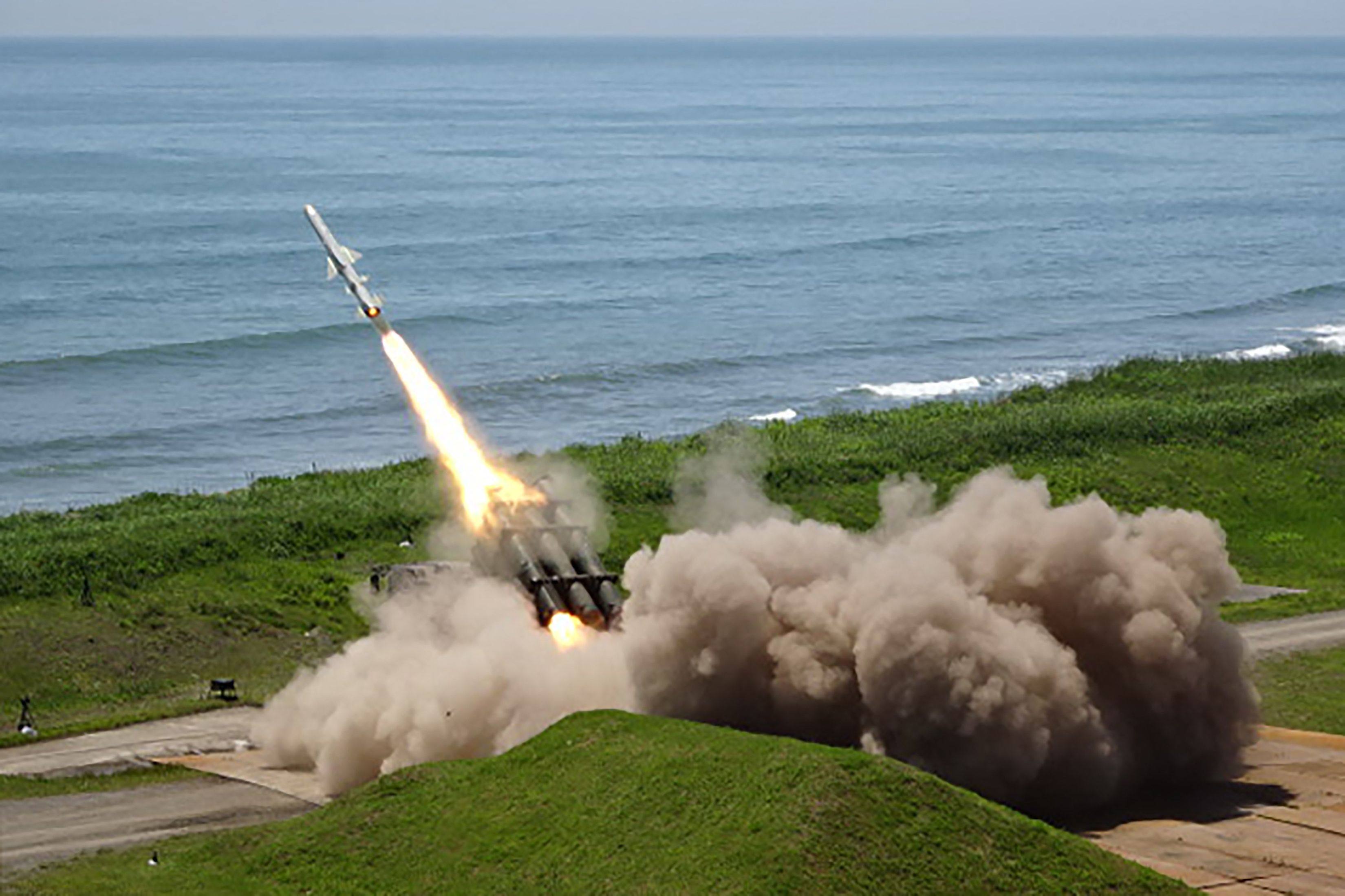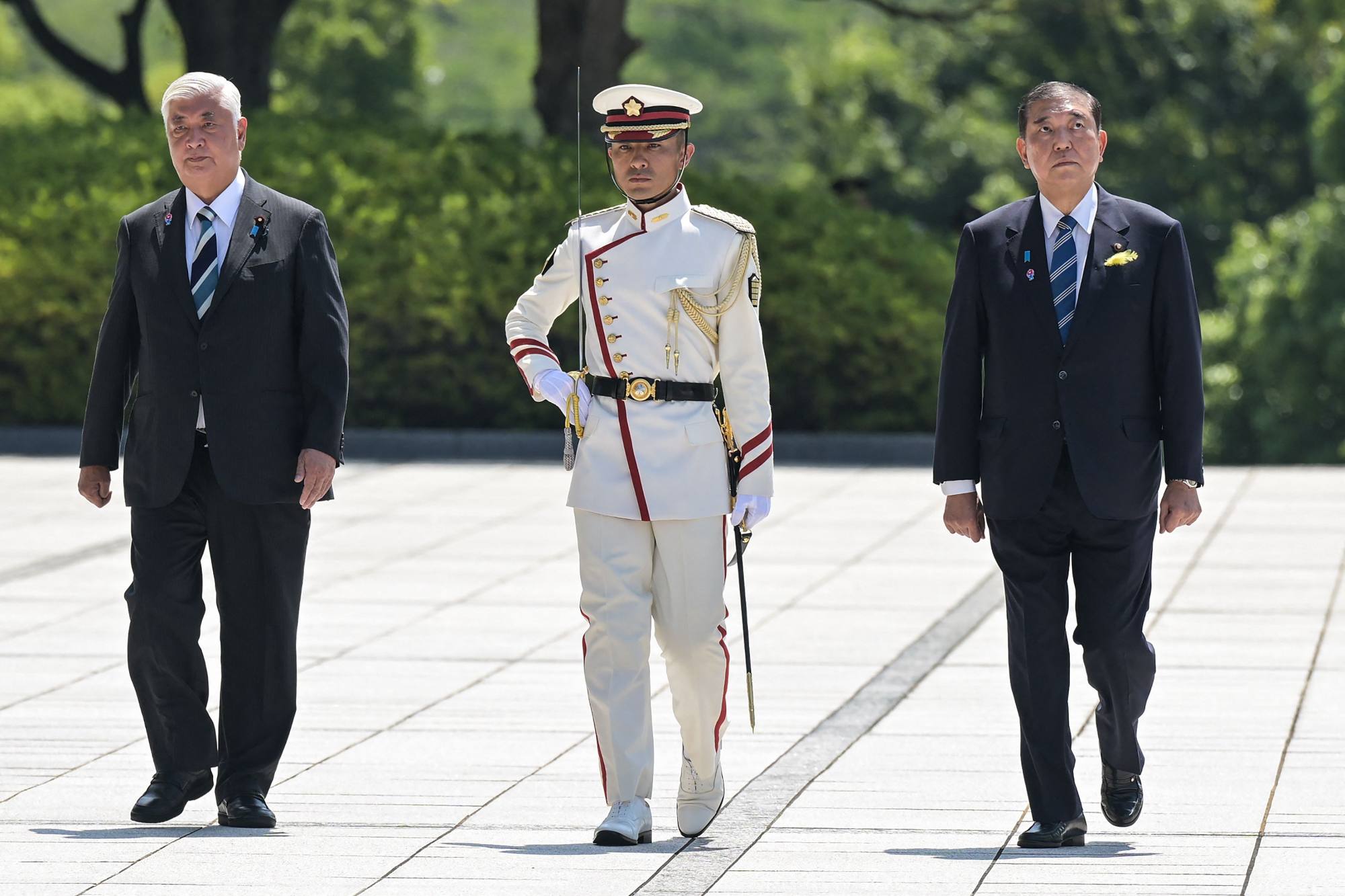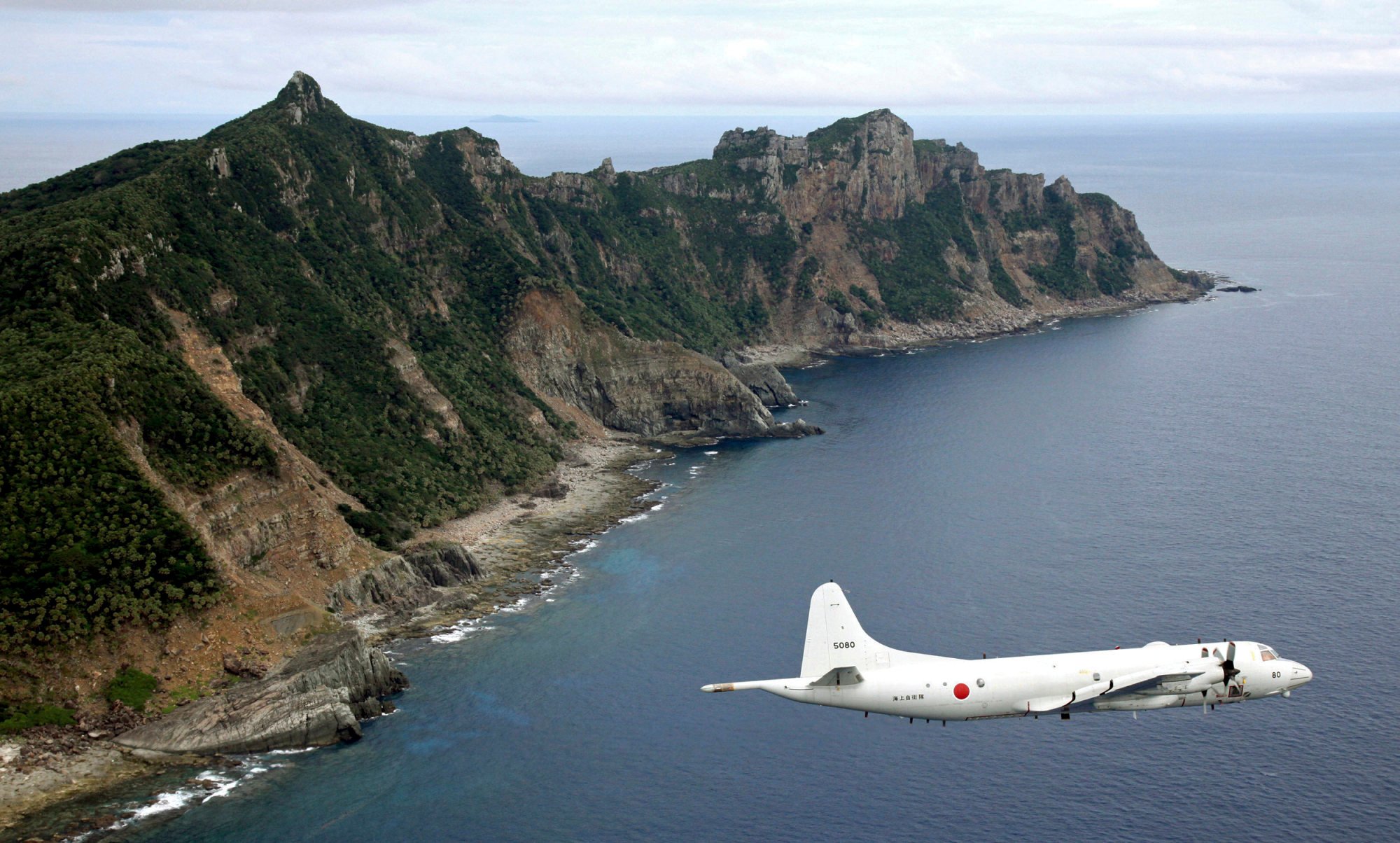Why Japan just tested a missile on its own turf for the first time
Driven by concerns over China’s military might and North Korea’s provocations, Japan is moving towards greater defence self-sufficiency

The distant thunder of a missile launch from Hokkaido late last month was less a provocation than a statement of intent: marking a turning point, analysts say, in Japan’s approach to its own defence.
On June 24, more than 300 members of the Japan Ground Self-Defence Force’s 1st Artillery Brigade gathered at a remote firing range for the country’s first-ever live missile test from home soil.
It saw a Type-88 surface-to-ship missile being launched towards an unmanned vessel parked 40km (25 miles) offshore. Such operations were previously conducted only in allied nations such as the United States or Australia due to space and safety concerns.
The drill came as Japan’s military aims to become more self-sufficient in countering China’s maritime activities.

Japanese Defence Minister Gen Nakatani cited the desire to cultivate greater defence self-sufficiency amid an “increasingly severe security environment” at an April press conference announcing the drill.
The roots of this shift run deeper than a single launch. With China’s maritime assertiveness growing and North Korea’s missile tests unnerving the region, Japan’s leaders have moved to strengthen their deterrence posture.
Masafumi Iida, director of security studies at the National Institute for Defence Studies, described the live firing as a message to domestic and regional audiences that “Japan’s efforts to develop and acquire long-range precision strike capabilities are making steady progress, enhancing Japan’s deterrence against China.”
Public attitudes have evolved alongside policy. Growing concern about the deteriorating regional security environment had made Japanese residents more tolerant of live missile firing, Iida said.
For the Self-Defence Forces (SDF), as Japan’s military is known, conducting exercises from home territory not only enabled it to increase frequency but also realism, he said.
“Missile units of the SDF are expected to acquire significant experience of operating in more realistic conditions of the possible contingencies,” Iida said.
Missile exercises no longer convey an old image of militarist JapanYoichiro Sato, Japanese security studies researcher
The choice of Hokkaido was deliberate. Yoichiro Sato, a professor of Asia-Pacific studies at Ritsumeikan Asia Pacific University specialising in security studies, explained that the east coast location was selected to minimise any potential “suspicion” that the launch was targeted at China, Russia or North Korea.
“For the domestic audience, whose perception of Japan’s vulnerability is growing, missile exercises no longer convey an old image of militarist Japan,” Sato said.
Previously, test firings of Type-88 missiles were held overseas to avoid drawing criticism. But now, the broader public mood was less anxious, he said – even as some groups voiced concern that such drills could stoke tensions or entangle Japan in conflicts.
Japan’s post-World War II pacifist constitution still formally restricts the use of force to self-defence. But in 2022, Tokyo adopted a five-year security strategy that named China its biggest “strategic challenge” and called for a closer US-Japan alliance – a partnership reinforced by the presence of numerous American military bases and a mutual defence treaty.
That recalibration has been driven by regional realities. North Korea’s frequent short-range missile launches into the Sea of Japan, or East Sea, and China’s expanding arsenal of medium-range missiles, reportedly capable of striking US bases in Japan according to the Pentagon, have unsettled policymakers.
Analysts say these threats have made the Japanese public more receptive to higher military spending and a robust defence posture. By 2027, defence spending is projected to reach 2 per cent of gross domestic product, up from 1.8 per cent in 2025.
For Grant Newsham, a senior research fellow at the Japan Forum for Strategic Studies, the Hokkaido launch was Japan’s “belated effort” to build military capacity, reducing dependence on the United States. “This is a prudent effort by Japan,” he said, considering China’s ongoing “encroachment” in the East China Sea. “Japan has woken up and is taking its defence far more seriously.”
Chinese activity in the East China Sea – particularly around the disputed Diaoyu Islands, which are known as the Senkakus in Japan – has intensified, with military aircraft entering airspace claimed by Japan and ships repeatedly patrolling near the islands.

In response, Tokyo is preparing to deploy longer-range cruise missiles, including US-made Tomahawks, and is developing an upgraded Type-12 surface-to-ship missile with a range of 1,000km (620 miles) – 10 times that of the Type-88.
The new Type-12s will be stationed at a base in Kyushu, a move Sato interprets as calculated restraint. By avoiding deployment on Miyako Island – closer to Taiwan and already home to earlier Type-12s – “Japan is for now refraining from boasting its potential ability to use its ground-based missile arsenal in a contingency in the Taiwan Strait,” Sato said.
As regional threats multiply and Japan’s defence policy adapts, the launch in Hokkaido symbolises a nation, once defined by post-war pacifism, now steeling itself for an uncertain future.